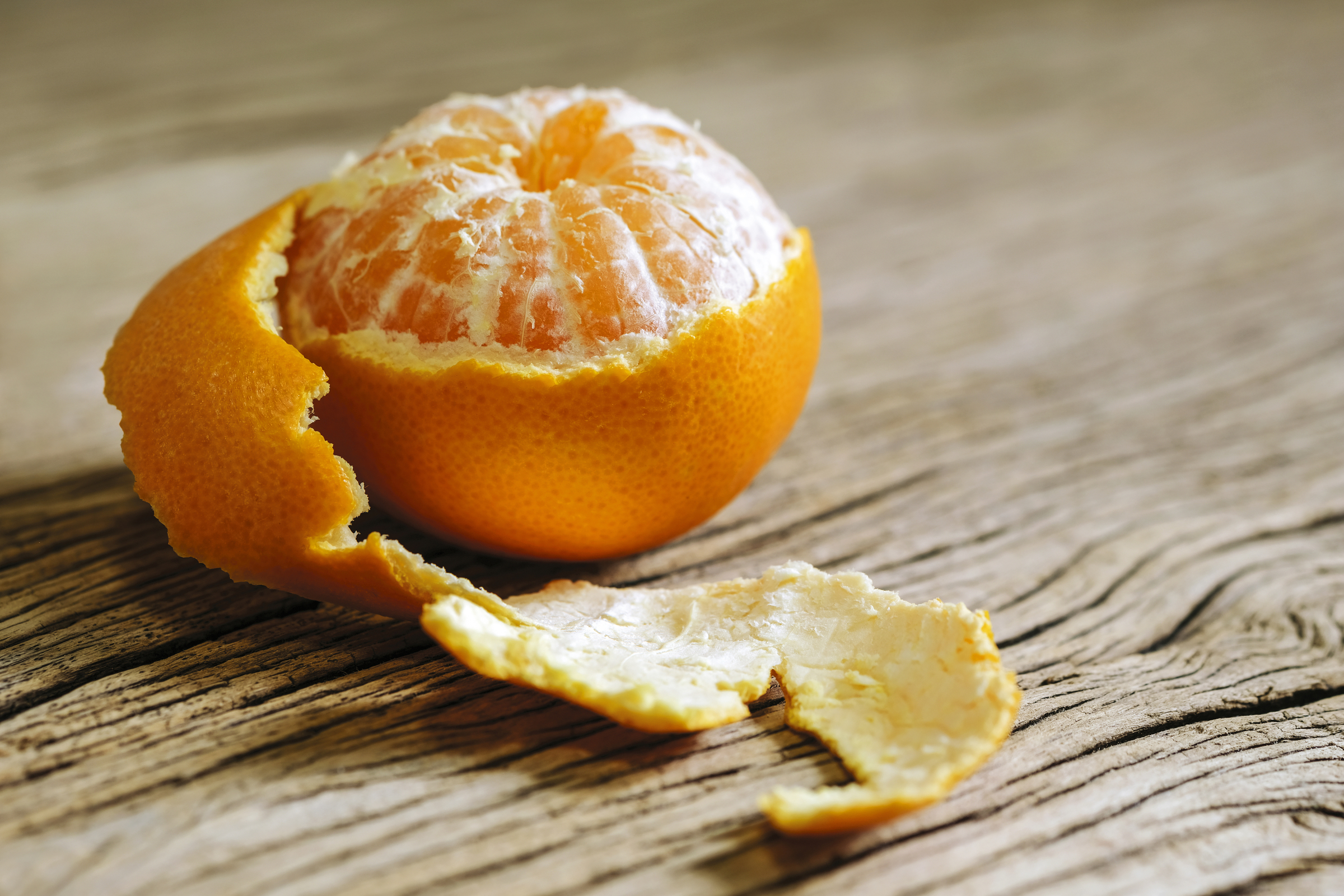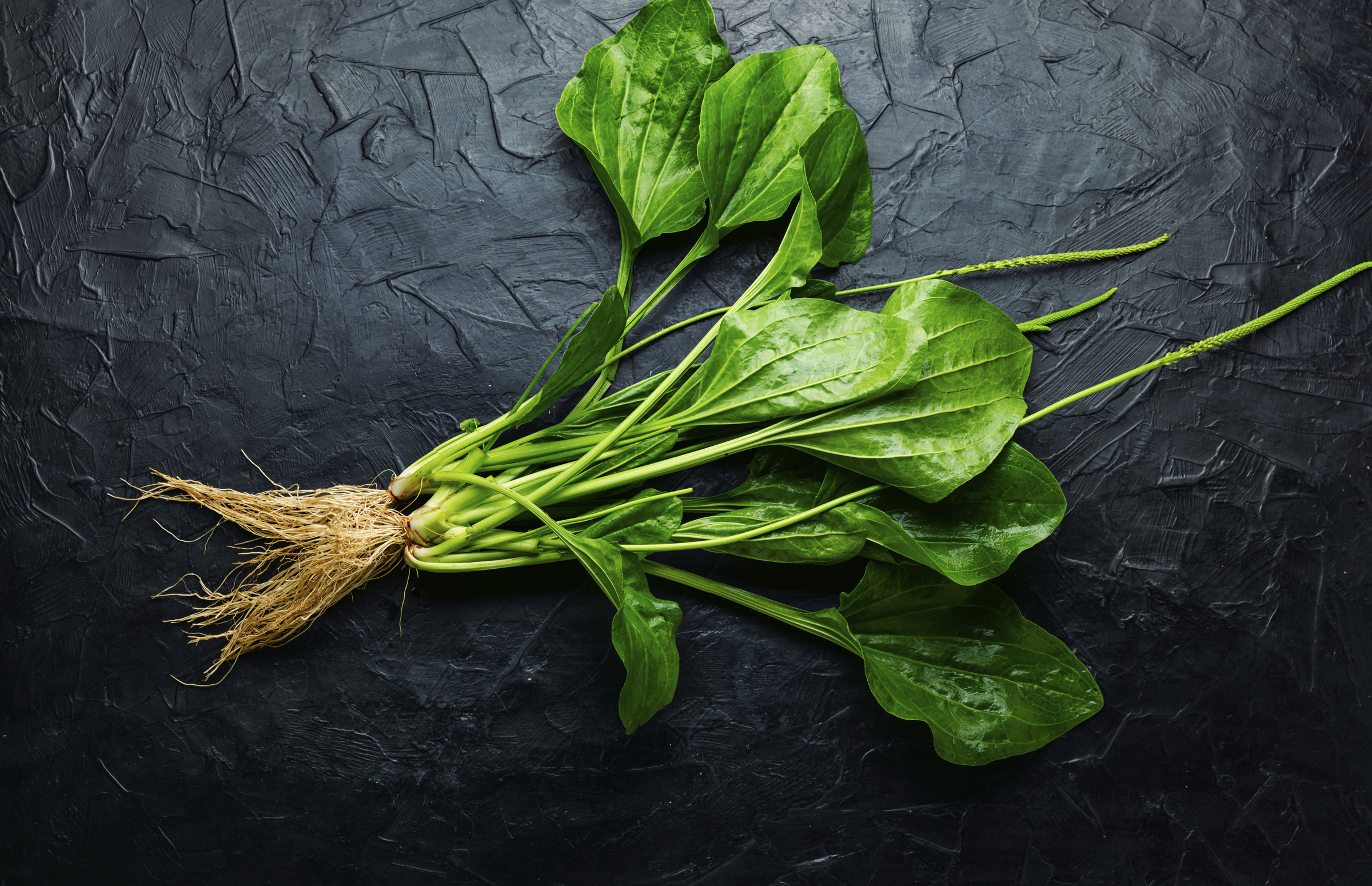Well, sorta but not really! To be precise, Clementines are a type of Mandarin orange. In other words, all Clementines are Mandarins but not all Mandarins are Clementines. Does it matter? There are some differences between the two:
- Mandarins are slightly larger and often have a lot of seeds (pips), whereas Clementines have a few or no seeds.
- Mandarins are very aromatic and sometimes have a bit of tartness, whereas Clementines are less aromatic and sweeter.
- Clementines have a thicker skin and are easier to peel.
Mandarin oranges have been cultivated in China and elsewhere for thousands of years. Clementines are the result of a natural hybridization (a cross between two species) between a sweet orange (Citrus × sinensis) and a Mediterranean willowleaf mandarin (Citrus × deliciosa). This was discovered in the late 19th century in Misserghin, Algeria by Brother Clément Rodier, a French missionary monk who worked at an orphanage in the region. In 1892, he noticed an uncultivated citrus tree near the orphanage garden. His interest piqued, Brother Clément made grafts from this tree, thus cultivating the first Clementines. The fruit is, of course, named after him. Note that Clementines are often marketed as “Cuties” or “Sweeties.”
As a point of interest, tangerines are also a type of Mandarin orange. According to the Citrus Variety Collection of the University of California, there are 167 different hybrids and varieties of Mandarins.

